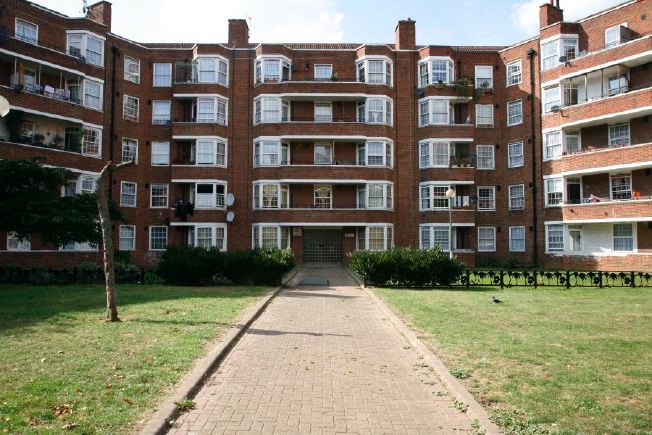WCP: Estate Life: Working-Class Communities and Social Housing
Posted in Visiting Scholars | Tagged Council Estates, Great Britain, John Russo, Public Housing, Sarah Attfield, Sherry Linkon, WCP, Working-Class Perspectives
In this week’s Working-Class Perspective, Sarah Attfield writes that the public housing that many British citizens depend on faces the threat of demolition. Although some view these council estates as places rife with crime, violence, and social problems, they provide social and material security for working-class families.
Council estates are social housing projects and part of the fabric of life in Britain. Council estates, whether low-density houses built on urban fringes or high-density inner-city apartment towers, have provided secure homes for millions of low-income working-class people for decades. Many working-class people have been raised on council estates, where they have grown up with a sense of community not often found in other neighbourhoods. Despite the negative stereotypes of council estate residents as welfare-dependent, criminal, and dysfunctional (stereotypes reinforced by television characters such as Little Britain’s Vicky Pollard), council estates have traditionally been close-knit communities whose residents are ready to help each other when times are tough. Because of secure council tenancies, low-income people have been able to enjoy the stability of a home during times of hardship.
Read the post in its entirety and other Working-Class Perspectives on our website .

